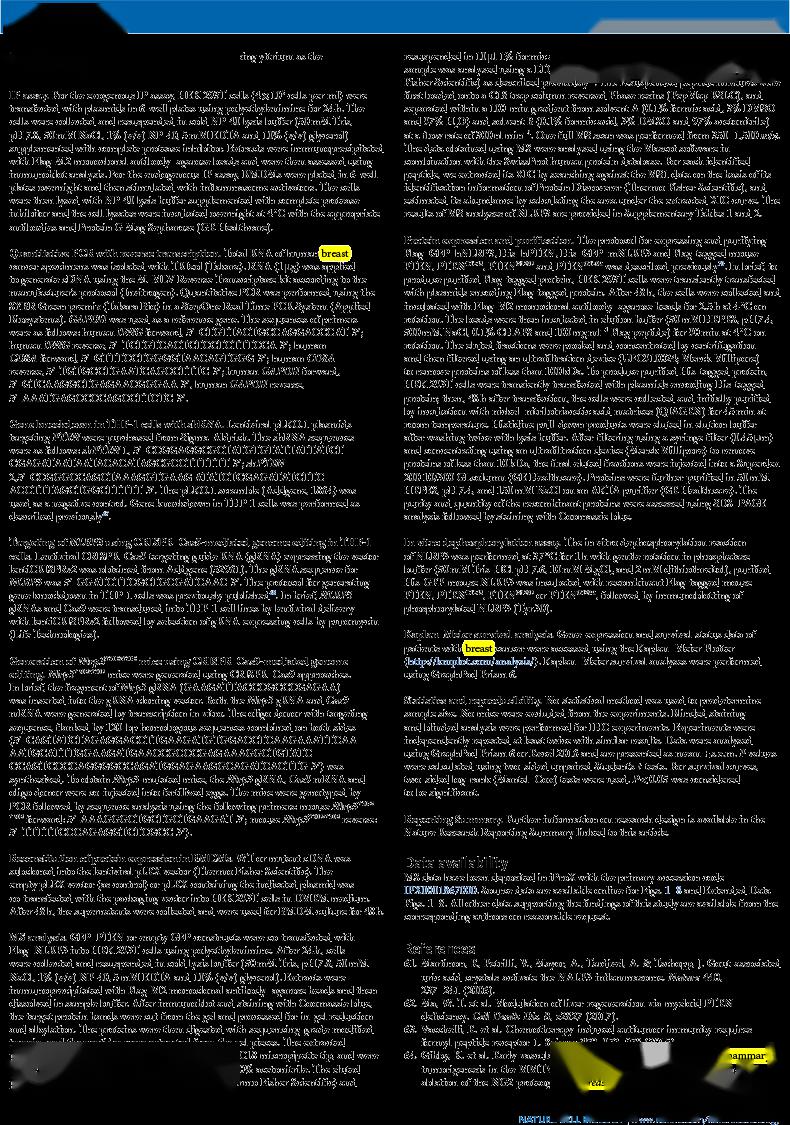Ultimate Guide: How to Write a Loan Agreement That Protects Both Parties
Guide or Summary:Understanding the Basics of a Loan AgreementKey Components of a Loan AgreementSteps to Write a Loan AgreementWhen it comes to borrowing or……
Guide or Summary:
- Understanding the Basics of a Loan Agreement
- Key Components of a Loan Agreement
- Steps to Write a Loan Agreement
When it comes to borrowing or lending money, having a well-drafted loan agreement is crucial. This document not only outlines the terms of the loan but also serves as a legal safeguard for both the lender and the borrower. In this comprehensive guide, we will explore how to write a loan agreement that is clear, concise, and protects the interests of both parties involved.
Understanding the Basics of a Loan Agreement
A loan agreement is a legally binding contract between a lender and a borrower. It specifies the amount of money being borrowed, the interest rate, repayment schedule, and any collateral involved. Before diving into the specifics of how to write a loan agreement, it’s essential to understand the key components that should be included in the document.
Key Components of a Loan Agreement
1. **Parties Involved**: Clearly state the names and addresses of both the lender and the borrower. This establishes who is entering into the agreement.
2. **Loan Amount**: Specify the exact amount of money being borrowed. This should be a clear figure to avoid any confusion later on.
3. **Interest Rate**: Outline the interest rate applicable to the loan. This can be a fixed or variable rate, and it should comply with local laws regarding maximum allowable interest rates.

4. **Repayment Terms**: Detail the repayment schedule, including the frequency of payments (monthly, quarterly, etc.), the due date for each payment, and the total duration of the loan.
5. **Late Fees and Penalties**: Include terms regarding late payments, such as late fees or penalties, to encourage timely repayment.
6. **Collateral**: If the loan is secured, describe the collateral being offered by the borrower. This provides the lender with a form of security in case the borrower defaults on the loan.
7. **Default Terms**: Outline what constitutes a default on the loan and the actions that can be taken by the lender in such a situation.
8. **Governing Law**: Specify which state or country’s laws will govern the agreement. This is especially important if the lender and borrower are in different jurisdictions.

9. **Signatures**: Both parties should sign and date the agreement to make it legally binding.
Steps to Write a Loan Agreement
1. **Draft the Agreement**: Begin with a clear title, such as “Loan Agreement.” Use simple and straightforward language to ensure that both parties understand the terms.
2. **Include All Necessary Information**: As mentioned above, ensure that all key components are included in the document. This reduces the likelihood of misunderstandings.
3. **Review Legal Requirements**: Depending on your location, there may be specific legal requirements for loan agreements. It’s advisable to consult with a legal professional to ensure compliance.
4. **Negotiate Terms**: Before finalizing the agreement, both parties should have the opportunity to discuss and negotiate any terms they may be uncomfortable with.

5. **Finalize and Sign**: Once both parties are satisfied with the terms, print the agreement, and have both parties sign it. Consider having a witness or notary present for added legal protection.
In conclusion, knowing how to write a loan agreement is essential for anyone considering lending or borrowing money. A well-crafted loan agreement protects both parties and provides clarity on the terms of the loan. By following the steps outlined in this guide, you can create a comprehensive and legally sound loan agreement that meets the needs of both the lender and the borrower. Always remember that when in doubt, consulting with a legal professional can provide additional peace of mind.